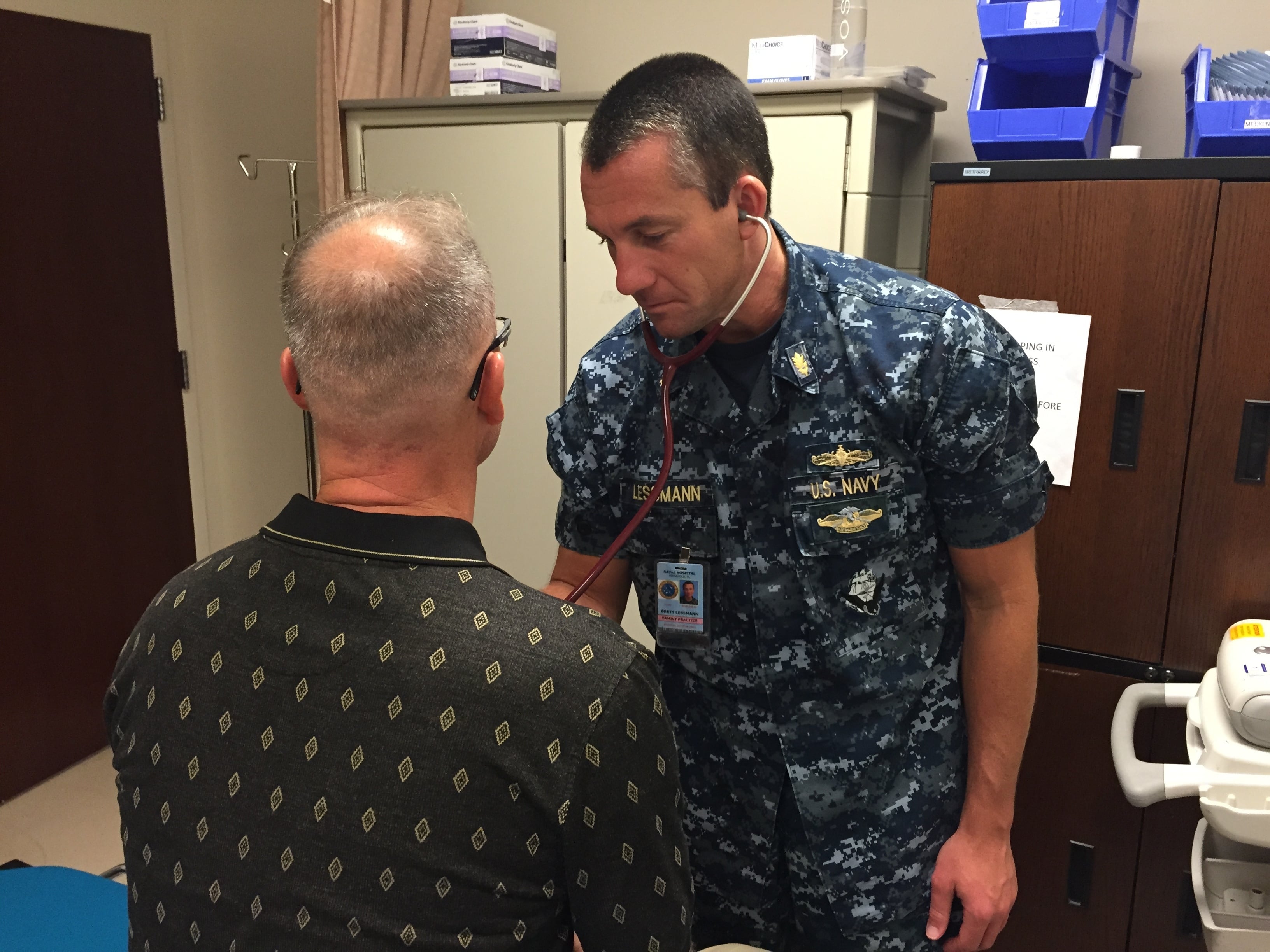The traditional days of a 20- to 30-year Navy career may be numbered, as service officials are looking into ways to challenge the traditional stovepipe “up-or-out” career paths.
And now Congress wants to help.
With the need to increase manpower and the new blended retirement system potentially leading to retention challenges down the line, Navy officials want services and lawmakers to take a long look at how a military career is defined — and executed by sailors.
That means in the years to come, the old 20-year career model could end up looking more like putting in 20 over a span of 40 years, or even 30 over 50.
RELATED

After an office discussion with Navy Chief of Personnel Vice Adm. Robert P. Burke, Senator Elizabeth Warren (D-Mass) is asking all the service personnel chiefs how Congress could help the services make these alternative career paths a reality.
“We talked about new ways of thinking about an individual’s lifecycle in service,” she said during a Feb. 14 hearing of the Senate Armed Services Subcommittee on Personnel.
Warren also floated the idea of “potentially making it easier for someone who has to leave military service for either personal or professional reasons to be able to return to uniform later in life.”
The Navy has been working on this idea all the way back to at least 2005, when it began investigating how to quickly bring a reserve sailor back to active duty in less than 72 hours.
And the service succeeded — at least on the enlisted side.
In 2009, The Navy began their RC to AC Program that has been regularly bringing qualified reservists back to active duty ever since.
It takes much longer on the officer side, however, due to current laws governing officer personnel policies for all the services.
“We can fairly quickly bring folks back in that were on the reserve side, bring them back into the active component,” Burke told lawmakers at the hearing. “We’re filling...hundreds of gaps to sea with reservists that we brought back into the active component.”
But Warren would like to see it go a step further and make it easier for those who are now on the street to get back into the fleet, and has asked the services to share with lawmakers what additional changes in the law are needed to make the system more flexible.
Burke outlined to the subcommittee a possible future Navy gameplan under such a scenario.
“We’re thinking in terms of a longer career, making our people pyramid narrower at the base, so we bring in fewer people, giving them opportunities to move around,” Burke said. “But as importantly, with this commitment to family readiness, which is important to sailor readiness and fleet readiness, we have to let people step off the treadmill occasionally or they’re not going to hang out for a 40-year career.”
But getting to a point where someone can serve off and on over a lifetime will require changes in the law, individual service policies and culture.
RELATED

For example, right now, the military has a mandatory retirement age of 62.
With people staying fit longer than ever before, Congress should consider changing the law to allow a person’s fitness level — not an arbitrary age cutoff — to determine length of service, a familiar source expressed to Navy Times.
Current Department of Defense and Navy medical standards and policies would have to be changed as well.
If a sailor leaves the service today, for instance, and doesn’t affiliate directly with the reserve, that sailor may face greater challenges when trying to get back in under the current rules, the source said.
Those rules require a person who is completely separated from all military obligations to meet the same initial entry physical and medical standards as someone entering the service for the first time, standards significantly more strict than those faced by service members already in the system.
A sailor with a medical condition that would still allow for re-enlistment, for example, may be denied re-entry into the service if trying to come back as a civilian.
"So we've got to have an alternative to out," Burke said. “So that option could be into the reserves...or the other alternative would be...a horizontal career track where they can keep flying...go into her research job, whatever it may be. We need alternatives to out and right now there are none."
Mark D. Faram is a former reporter for Navy Times. He was a senior writer covering personnel, cultural and historical issues. A nine-year active duty Navy veteran, Faram served from 1978 to 1987 as a Navy Diver and photographer.




